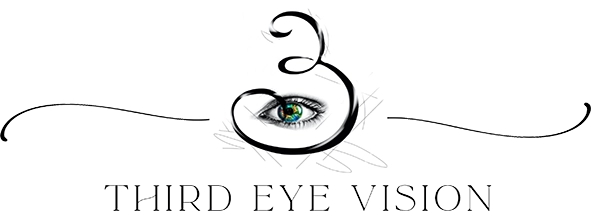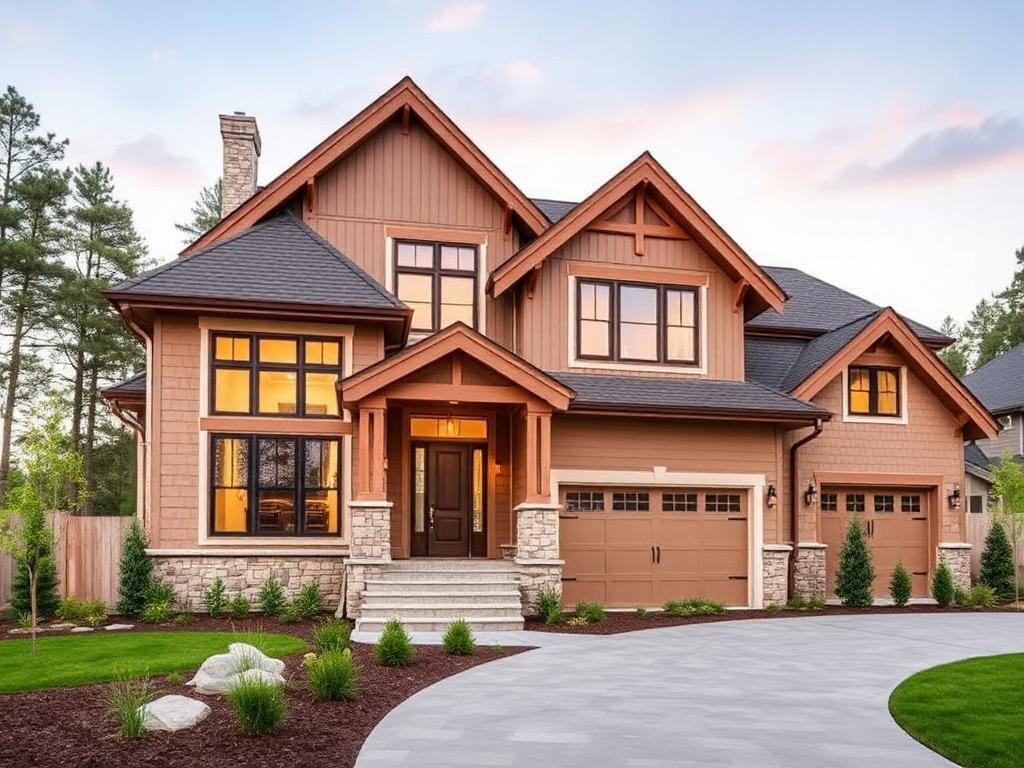Introduction
In a state where energy bills soar and environmental consciousness runs deep, Californians are increasingly drawn to homes that are not only beautiful but respect nature.
The Smart Home Revolution
Smart homes in California are no longer luxury — they’re the new normal. By integrating automated lighting, thermostats, and security systems, residents gain full control over their energy use. Modern systems like Nest or EcoBee can learn your habits, adapt to your routine, and cut heating/cooling costs by over 20%.
Architectural Design = Energy Efficiency
Great energy performance starts on the drawing board. We design homes with:
– Optimal orientation to maximize natural light and minimize overheating
– Extended roof overhangs to block summer sun while welcoming winter warmth
– Strategic window placement to enable passive airflow
– Energy modeling tools to simulate heat flow and optimize materials before construction
Materials Matter
Californians benefit greatly from sustainable materials like:
– Low-E glass for high-efficiency windows
– Insulated Concrete Forms (ICF) and SIPs that drastically reduce thermal bridging
– Cool roofing technologies that reflect solar heat
– Recycled steel framing and FSC-certified wood
Solar and Beyond
Solar power is the most obvious way to reduce your carbon footprint — but smart design amplifies it. We create homes that store and return energy using:
– Battery backup systems
– Net-metering setups
– Integrated PV panels within roof architecture
Real-Life Impact
Our recent project in Lake Forest achieved a 47% reduction in annual energy costs by combining passive solar layout, reflective roofing, and high-efficiency appliances. The homeowners also qualified for California state tax incentives — a win for the planet and the pocket.
Final Thoughts
Building a smart, energy-efficient home in California isn’t just a trend — it’s a long-term strategy for sustainability, resilience, and value. At Third Eye Vision, we merge architecture and energy science to create homes that respect the earth while reflecting your vision.
Contact us today to start designing your energy-smart home.
Written By: Hamid fatemi



